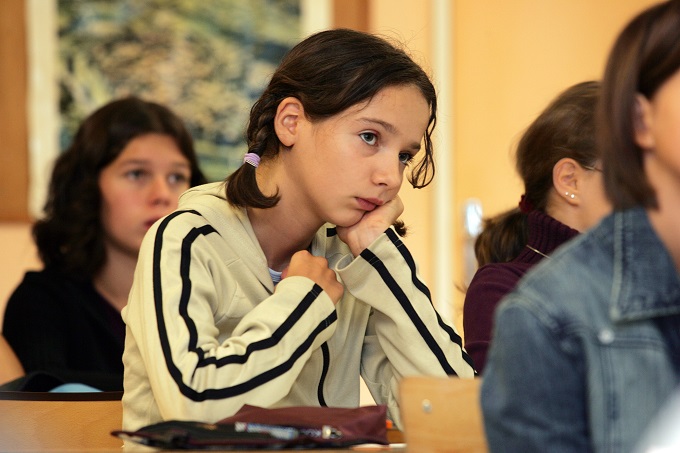
It is Inattentive ADHD children who often struggle most, so learning the common indicators of the condition is important for teachers and anyone involved in educating and caring for school age children.
The one thing you probably WON’T be spotting is the H in ADHD – the hyperactivity. Children with Inattentive ADHD aren’t usually restless or fidgety. They can actually be very still, calm and outwardly no different to neurotypical children. Their hyperactivity can be purely in their heads.
Inattentive ADHD children often have ‘brain fog’ and describe doing anything as ‘being as difficult as walking through treacle.’ Their ADHD brain fires off as many thoughts, ideas and intentions as other ADHD kids but their foggy brains make it difficult, if not impossible, for them to propel themselves into action. This alone can lead to Inattentive ADHD people feeling like under-achievers.
In the classroom you are looking for children who get very easily distracted or ones who spend most of the day looking out of the window. Very often Inattentive ADHD kids find it extremely difficult to concentrate and focus and once distracted, find it difficult to pull their brain back to whatever they were supposed to be doing.
Procrastination is usually a big problem for Inattentive ADHD children. They can procrastinate about just about everything. So, if they are late to school, half dressed with their mother flapping behind them saying to get a move on, this is another indicator. They can also procrastinate with homework, starting essays or any kind of task.
Inattentive ADHD children are often described as dreamers, ‘in their own world’ or ‘away with the fairies.’ They very often don’t have a bad bone in their body and wouldn’t hurt a fly but find being present and engaged extremely difficult. Often these children are creative and come to life in art and craft lessons. Some are very good dancers, singers and actors and enjoy anything non-academic.
Frequently Inattentive ADHD children are considered to be lazy. Their lack of motivation and procrastination can so easily be interpreted as them not being bothered and not making an effort. It’s very important to know that most often they would dearly love to be as active and proactive as other children, but their brain fog and their strong procrastination traits make this nearly always impossible.
By spotting the signs of an Inattentive ADHD child as early as possible, you are giving them the best chance at achieving academically. Once diagnosed and medicated, their procrastination, lack of motivation, inattention, distraction and brain fog can be completely eradicated.
So do look around your classrooms. Who are the dreamers? Who are the ones always looking out the window? Who are the ones you know are bright, but just don’t seem to achieve what they could do academically? Dig a little deeper and find out if the symptoms are actually hiding this very difficult to spot variation of ADHD.






